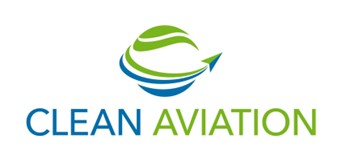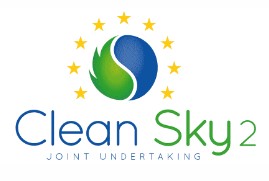OFELIA



Reducing SMR aircraft environmental impact is a priority of the Clean Aviation SRIA, which objective is to have technologies ready for the future generation of SMR aircraft.
The engine is key in this effort and the Open Fan engine architecture is the most promising solution in terms of fuel efficiency to both achieve environmental goals (20% emissions reduction versus 2020) and target a rapid Entry into Service, as early as 2035. In synergy with national programs, OFELIA will gather a large European consortium to contribute to the RISE technology demonstration announced in June 2021. OFELIA aims to demonstrate at TRL5 the RISE Open Fan architecture, for the SMR to achieve or surpass the Air Transport Action Group’s goals on the way towards Carbon neutrality by 2050.
To this end, OFELIA will focus on this high TRL full scale demonstration of the engine architecture and on the development of key enablers for the Open Fan. OFELIA will allow installation of an increased fan diameter on a conventional aircraft configuration, thanks to innovative turbomachinery technical solutions. Following the architecture definition, OFELIA will perform a large-scale Open Fan engine ground test campaign, deliver flightworthy propulsive system definition and prepare an in-flight demonstration for the phase 2 of Clean Aviation.
The project will also optimize the engine installation with the airframer and address certification, in close collaboration with airworthiness authorities, taking advantage of the permit-to-fly activity. OFELIA will then deliver a TRL5 Open Fan engine architecture for SMR, demonstrate a credible path to 20% CO2 reduction versus 2020 and prepare the path to flight tests to consolidate the roadmap for EIS2035. As part of the technology maturation plan, the compatibility of Open Fan to hydrogen will be investigated in coordination with H2 pillar




